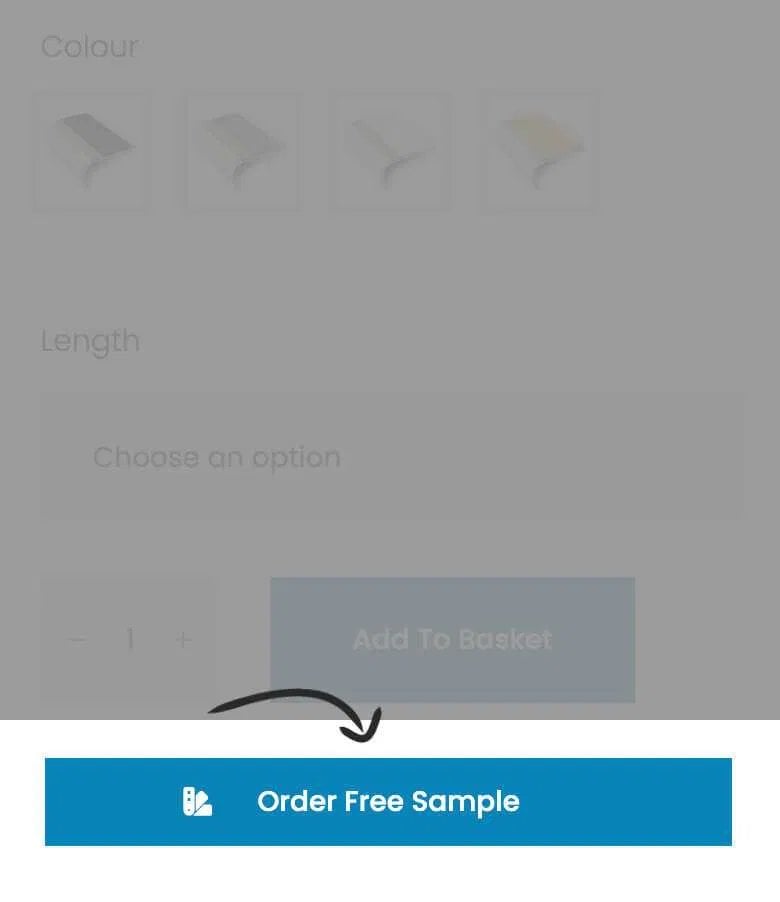If you've ever wondered how to seamlessly connect different flooring levels, then you've come to the right place. Threshold strips for different floor levels, also known as transition reducer strips, are the unassuming heroes of the flooring world.
Not only do they solve a common problem in construction and interior design, but they also help to ensure a smooth transition from one room to another. Moreover, they contribute to the overall appearance, adding a clean finish to your space, and preventing potential trip hazards.
Choosing the Right Threshold Strip
Now, you might be wondering how to pick the right one for your specific needs. The trick is to understand the specifics of your flooring levels.
Identifying the two floor heights
Begin by determining the height difference between the two sections you'd like to connect. This can be done by using a tape measure to gauge the difference. Find the drop in level, if any, and note it, as this would inform the type of threshold strip you need to procure. An 'R' ramp threshold, for example, is typically used where there's a significant change in level.
Assessing your flooring type
Next, consider the types of flooring you're joining. If you're transitioning between two wooden floors, a 'ramp' wood-effect threshold is often a good choice like our premium A47 Self Adhesive Wood Effect Ramp Threshold. Whereas for carpets, a carpet to tile transition strip, or 'Z-bar' like the TTG profile might be more suitable. It's also possible to find multi-purpose threshold strips designed for many different flooring combinations.
Considering style
Finally, think about style. Threshold strips are available in a variety of materials and finishes, from shiny metal to rustic wood effect. Pick something that complements the rest of your decor. After all, although they serve a practical role, there's no reason threshold strips can't also be a stylish addition to your home.
Are there specific threshold strips for different types of flooring?
- Hardwood to Tile: If you have hardwood floors that meet a tile floor, you will most likely need a wooden or metal strip to make the transition.
- Carpet to Vinyl: A carpet to vinyl threshold strip is typically made from metal and helps to secure the carpet and prevent the edges from fraying or pulling up.
- Tile to Laminate: A laminate floor will often be slightly higher than a tile floor, requiring a threshold strip to smooth the transition.
One type of strip you might come across in your search for the perfect solution is an adjustable height threshold strip that can adjust to different floor levels. Once installed, they allow a smooth and safe transition between different levels in your home or office.
The magic behind adjustable height threshold strips lies in their unique design. They can be adjusted to match the exact height of the floors they're bridging, ensuring a seamless look and feel. Whether you're dealing with a slight or significant difference in floor levels, adjustable height threshold strips are your answer. Please check each product to find the maximum height differences they can accommodate.
Threshold strips can be cut to size to fit any doorway or transition area and they are typically easy to install, often requiring just a few screws or adhesive. Please check each product for the specific fitting instructions.
At Cayrus World of Finishing, we offer a comprehensive range of threshold strips for different flooring levels to suit your needs. If you need any product advice, please do not hesitate to give our friendly sales team a call on 01249 599588.



